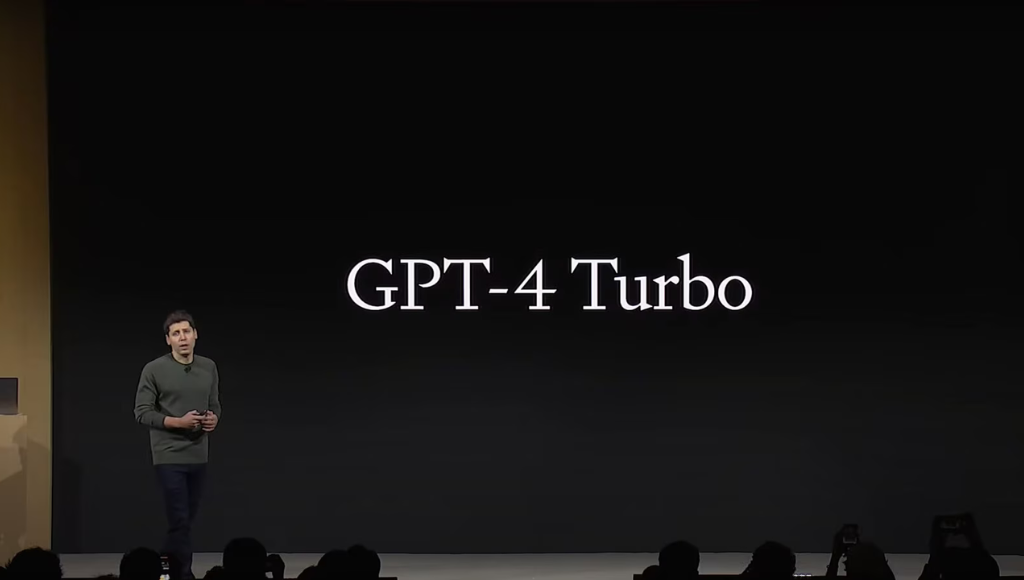A research team led by Yan Zeng, a scientist at the Department of Energy’s Lawrence Berkeley National Laboratory (Berkeley Lab), has built a new material research laboratory where robots do the work and artificial intelligence (AI) can make routine decisions. This allows work to be conducted around the clock, thereby accelerating the pace of research.
Research facilities and instrumentation have come a long way over the years, but the nature of research remains the same. At the center of each experiment is a human doing the measurements, making sense of data, and deciding the next steps to be taken. At the A-Lab set up at Berkeley, the researchers led by Zeng want to break the current pace of research by using robotics and AI.
What is the A-Lab?
The A-Lab is a 600 square feet space equipped with three robotic arms and eight furnaces. Work on the concept began in 2020, and with funding from the Department of Energy, the construction began in 2022 and was completed in a little over a year.
The role of the A-Lab is to synthesize novel materials that can be used to build a range of new products such as solar cells, fuel cells, and thermoelectrics – which generate energy from differences in temperatures and other technologies in the clean energy sector.
Scientists have been using computational methods to predict novel materials for many years now, but the testing of the material has been a major bottleneck since it is a slow process. At the A-Lab, the process can be accelerated by as much as 100 times compared to a human.
To do this, researchers or AI selects a target material to be synthesized, and a robotic arm begins by weighing and mixing different ingredients needed to create the novel material. These can be various metals and their oxides, which are available in their powdered form and are mixed in a solvent to distribute them evenly and then moved to a furnace.
A crucible containing the mixture is then sent to a furnace by the robot, where it can be heated to 2,200 degrees Fahrenheit (1,200 degrees Celsius) while gases can be injected as required. The AI is in control of the entire process and sets reaction ingredients and conditions as per desired results.
Another robotic arm recovers the new material from the crucible and moves it onto a slide, where it undergoes analysis under an X-ray diffractometer and electron microscope, the results of which are sent to the AI, which then rapidly iterates the process until the desired novel material is achieved.
Humans keep an eye on the process through video feeds and system-generated alerts and are currently fine-tuning the laboratory to add the ability to restock supplies and change precursors while also allowing liquids to be mixed and heated in the process.
If you have been wondering what the A stands for in the nomenclature of the laboratory, it is ambiguous on purpose.






